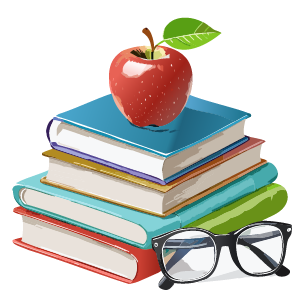Classroom management for dyslexia students involves creating a supportive learning environment that reduces challenges and builds on their strengths. Here are some strategies:
- Structured Routines: Establish clear routines to reduce anxiety and create a predictable learning environment. Students with dyslexia often benefit from knowing what to expect.
- Multisensory Instruction: Incorporate visual, auditory, and kinesthetic learning methods to reinforce content. This approach can help students better understand and retain information.
- Use of Technology: Encourage the use of assistive technology like audiobooks, speech-to-text software, or text readers. These tools can help students access and produce written content more easily.
- Clear Instructions: Provide clear, step-by-step instructions both verbally and in writing. Break larger tasks into smaller, manageable parts.
- Preferential Seating: Place students in areas where they can focus better, such as near the front of the room or away from distractions.
- Positive Reinforcement: Use positive reinforcement to build confidence. Praise effort and progress rather than just the final result.
- Extra Time: Allow extended time for reading and writing tasks. Processing language can take longer for students with dyslexia.
- Peer Support: Pair students with supportive peers for activities that require reading or writing. This can reduce pressure while promoting collaborative learning.
- Individualized Feedback: Give personalized, constructive feedback, and focus on improvements. This can help students understand areas for growth without feeling discouraged.
- Flexible Assessments: Provide alternative assessment methods, such as oral presentations or visual projects, to allow students to demonstrate their understanding without being limited by written language difficulties.
By adapting these strategies, teachers can create a more inclusive and effective learning environment for students with dyslexia.


